The Mental Mountain: Inside Ben Hildred’s Million-Feet Quest
It’s been about two months since Ben Hildred, a New Zealand-based mountain biker, finished his quest to climb 1,000,000 feet in 100 days. Now, after taking the time to look back on his physical and mental journey, Ben has put his thoughts into words, reflecting on the mindset it took to prepare, persevere, and perhaps most challenging of all, return to a sense of normalcy after living 100 days planned minute by minute.
Article by: Ben Hildred

How do you prepare for something you’ve never done before, a benchmark you are setting, something many people find it hard to equate, something for which there aren’t any peers, no guidelines to follow, a formula for which ingredients are a guess and a gamble, based on previous, similar tastes.
Preparation for me starts from the first moment I voice a plan to someone, for me, that’s pouring the concrete, there is no going back.
What people don’t see is the amount of mental focus and certainty I need to create before executing a ride like this, there really is no logic associated with someone planning to sacrifice 100 days, to put everything on the line, a whole summer for an arbitrary goal because morbid curiosity told me to do so.

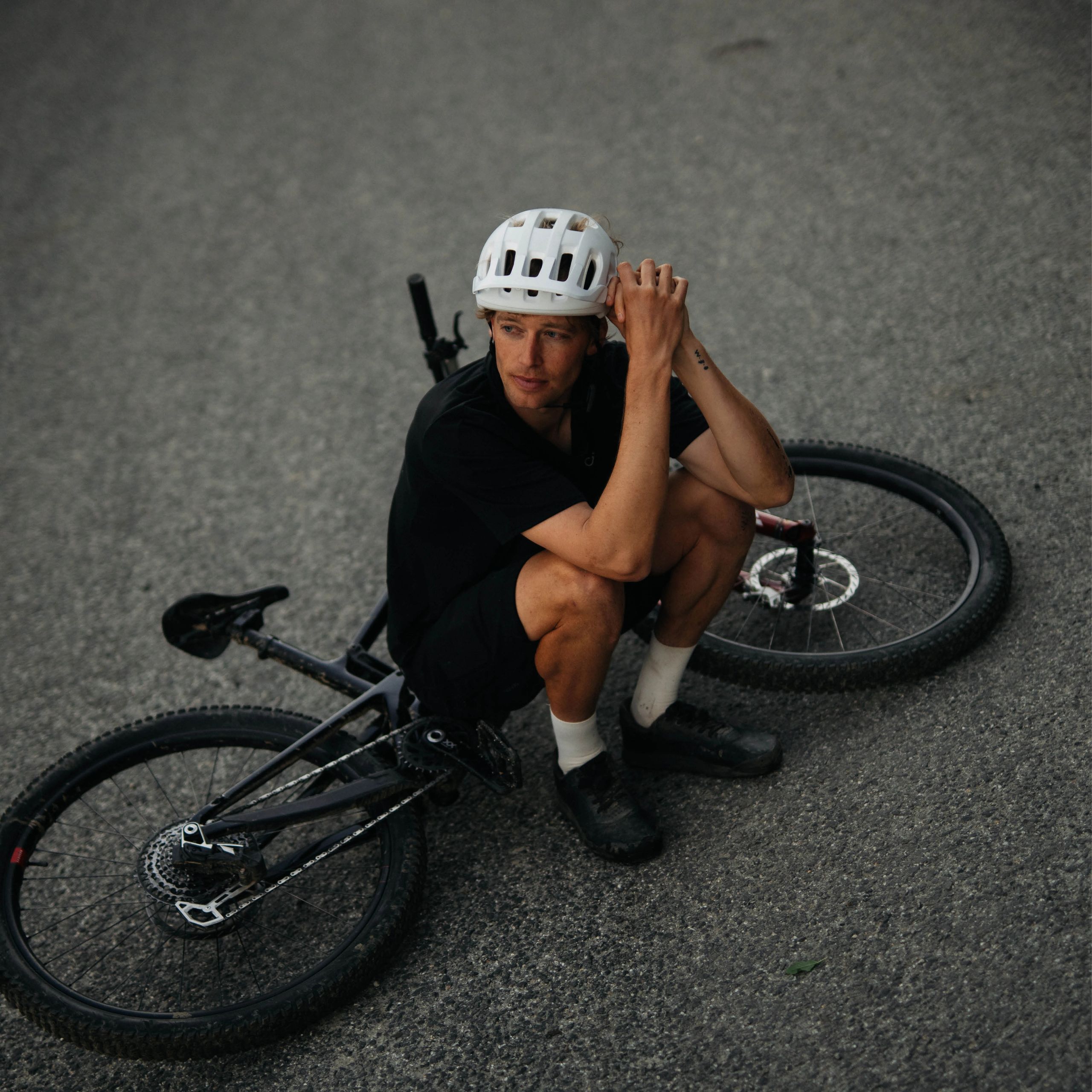
I come to these ideas often once recovered from the previous ‘big’ ride I’ve done, wanting to go bigger or further. You easily forget how much it hurt and only that you succeeded and there is surely more in the tank. As for certainty, there is never any doubt in my mind, doubt will destroy you if you’re planning on spending 2400 hours in a state of focus and exhaustion, doubt cannot exist, will not exist.
For me there is a lot of manifesting and visualisation in the lead up to a big ride, I break the ride down into smaller parts, fractions and percentages, then imagine these milestones, where I’ll be, how they’ll feel. I lean so much into the visualisation that when I’m there it sometimes feels like I’m re-visiting something I’ve already lived.
“The visualisation of finishing would always get me through, I wanted to feel the relief in competition more than I wanted to stop.”
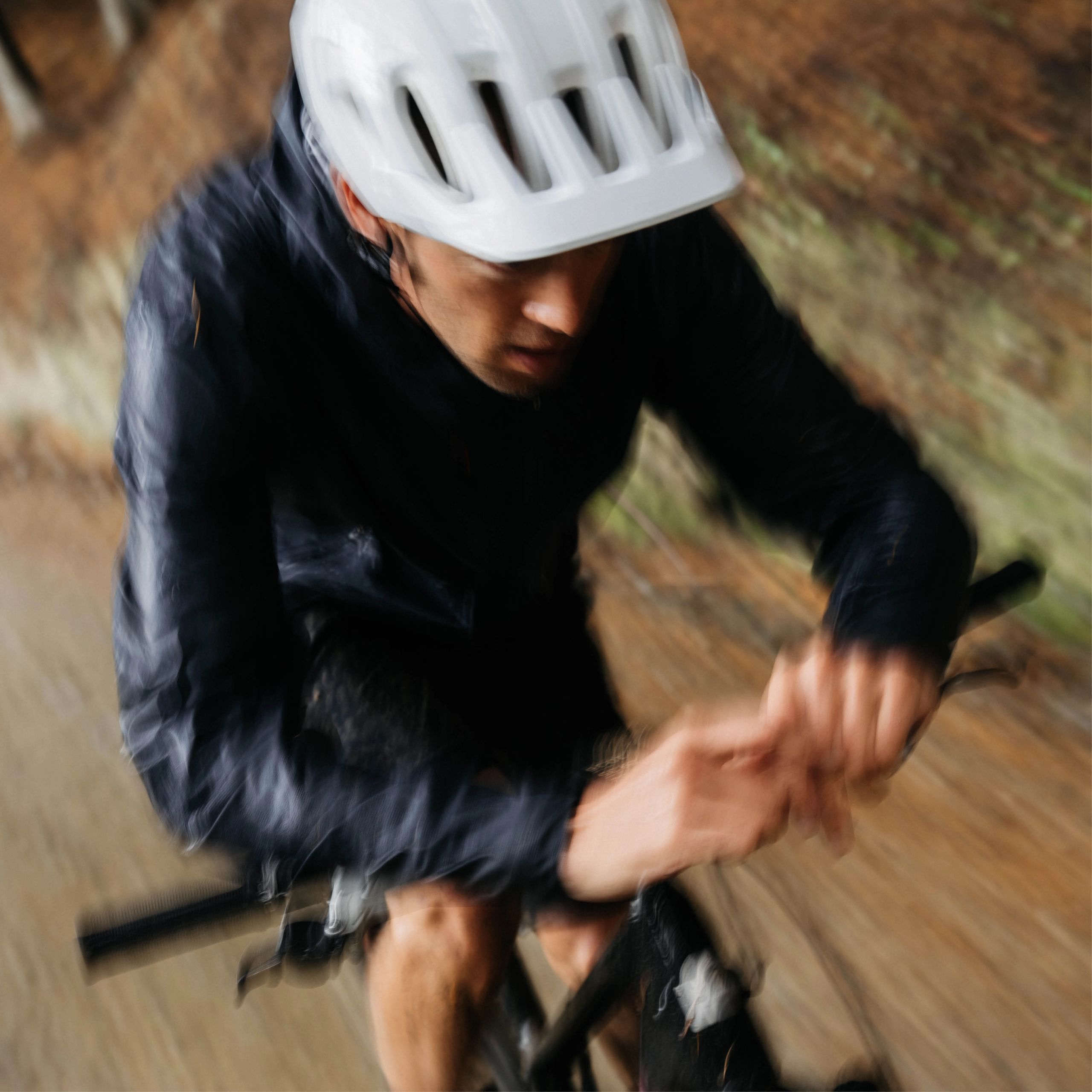
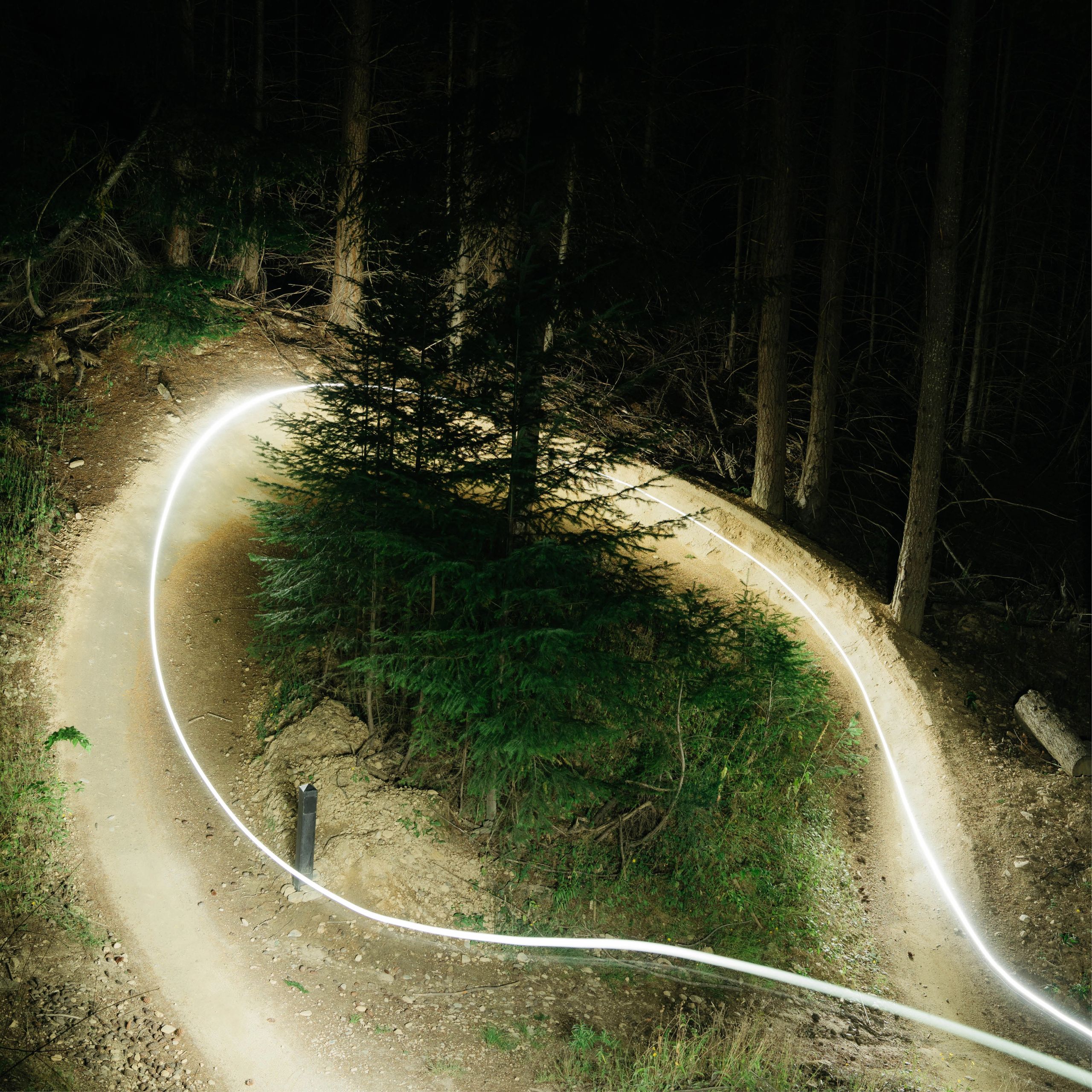
During the ride mental fortitude and strength of your contempt in your own conviction is challenged constantly, on or off the bike, in this 100 day challenge you were ‘on’ every minute of every day. I had to do an Everest every 69 hours, climb 417 feet every hour for 2400hrs in a row, any time I wasn’t riding I felt like I was falling behind, it was a tremendous strain that wavered my focus. I never let that wave of overwhelm fully engulf me though, some days it took a lot. The visualisation of finishing would always get me through, I wanted to feel the relief in competition more than I wanted to stop.
The interesting thing is, when I complete a ride like this, I’ve spent so long telling myself how small and doable it is, it often takes a long time to understand the volume or size of the achievement.

We are two months post ride, a lot of people ask how recovery is going, for this ride, physically it felt like I didn’t need much recovery, the length and constancy in the riding meant I was fit and comfortable, sure a few chill weeks were nice, but the recovery was much more a mental reset. I would say I’m only now starting to feel mentally recovered, only now can I sleep a full night, only now do I not get tremendously overwhelmed by the simplest of day-to-day tasks.
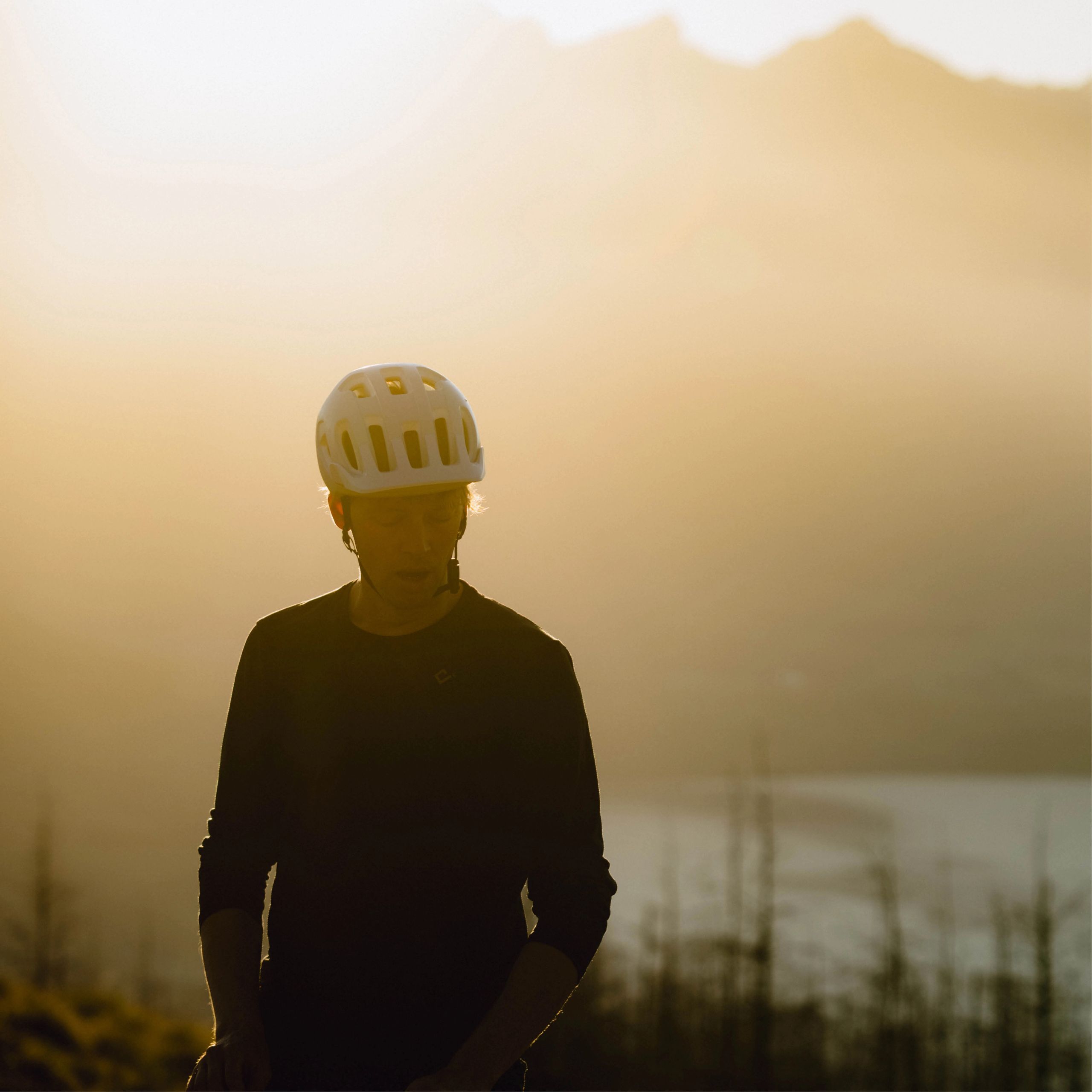
“After the ride came a grim sense of a lack of purpose, no routine, no reason, that was a tough thing to deal with.”
My mind felt utterly exhausted, the strain of the focus has really affected me, although I’m starting to feel improvement now.
After the ride came a grim sense of a lack of purpose, no routine, no reason, that was a tough thing to deal with, when every minute counted, to overnight feeling stranded in a desert of nothing, no clock ticking, no mountain to scale, no number to achieve.
I am hooked on the feeling of these rides, the mission to prove to myself what I’m capable of, to constantly stretch my idea of comfort, to achieve and inspire, to look back on myself and feel that kernel of pride swelling inside. Bicycles are truly magic.
To truly appreciate what Ben endured over those 100 days, watch the film below:
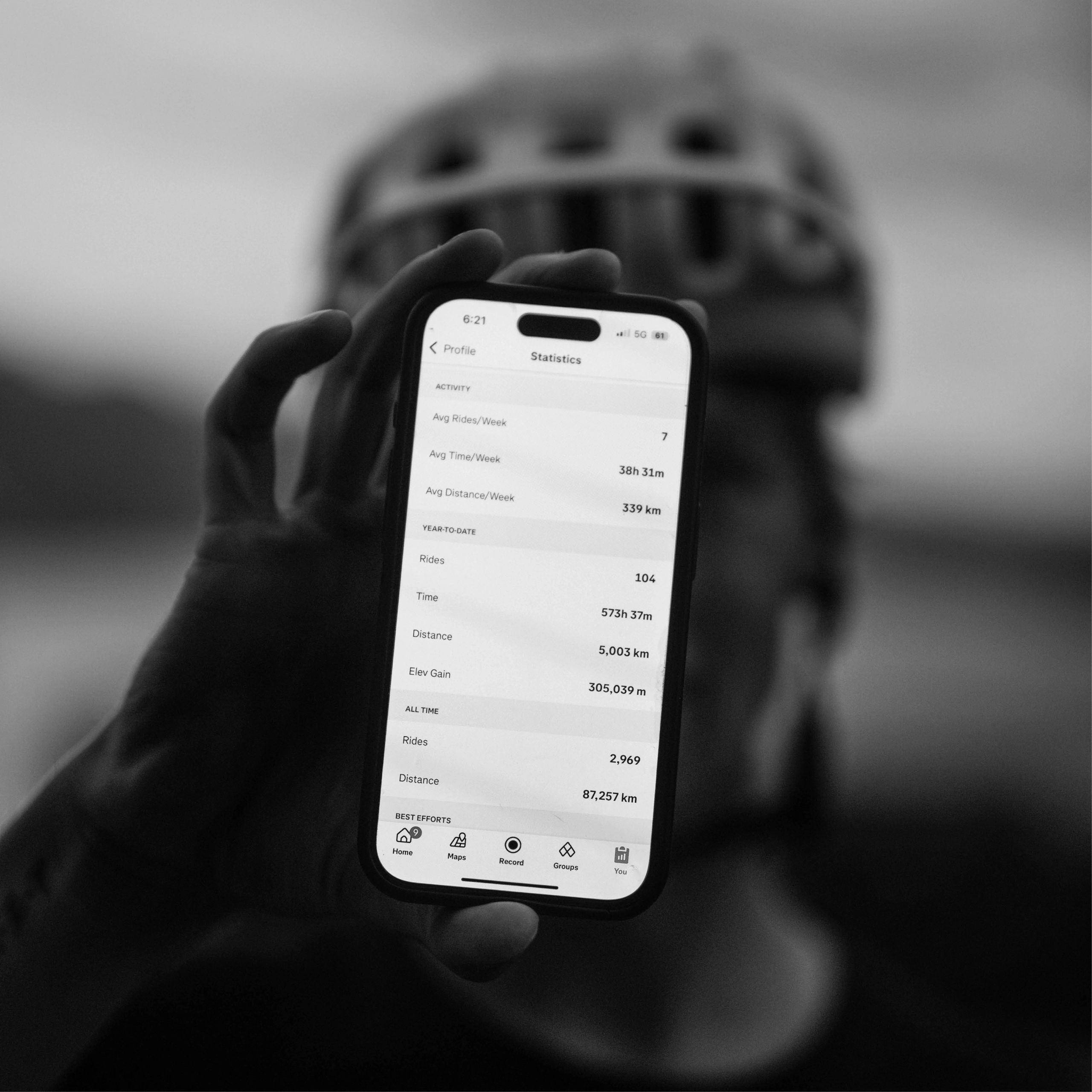
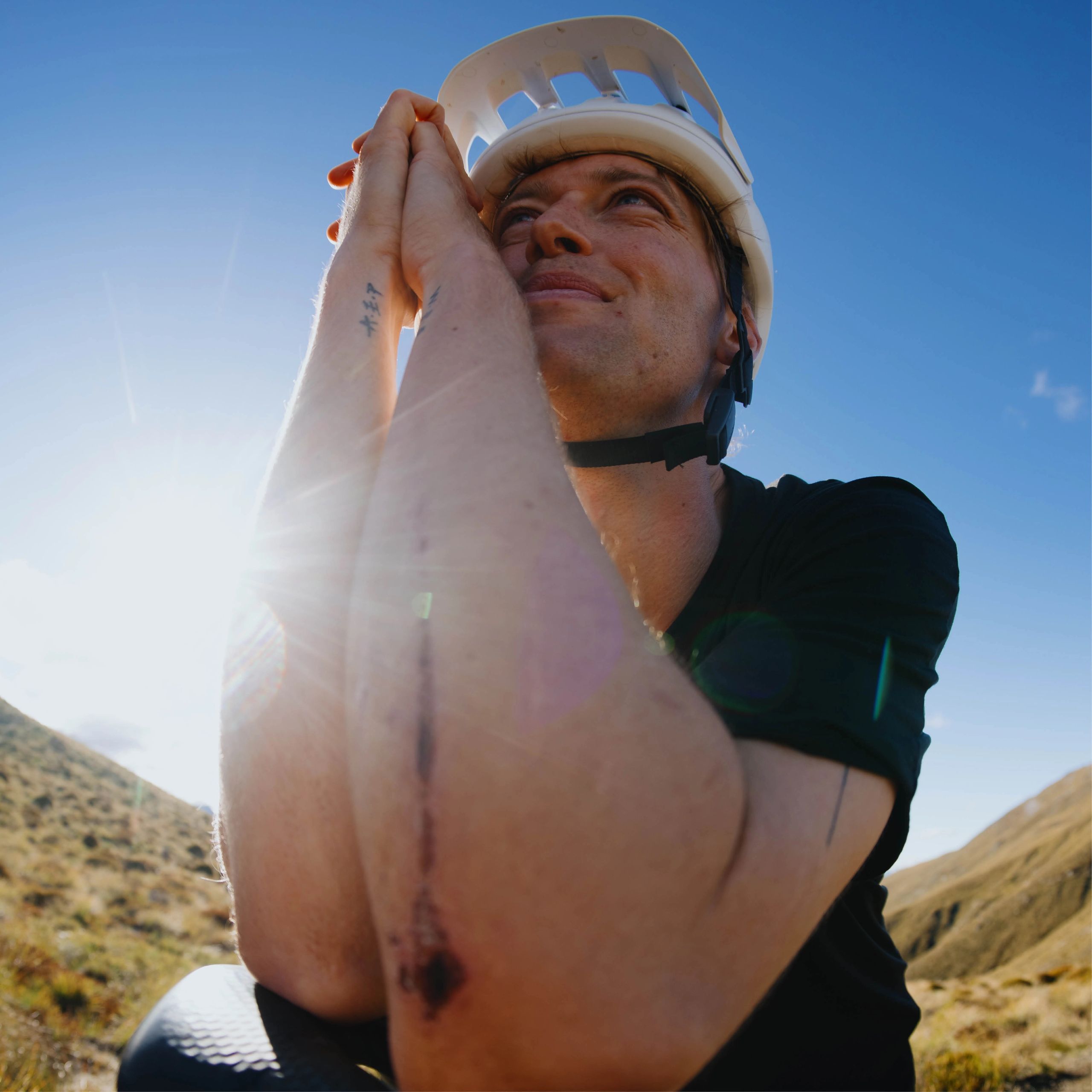
Rides
104
Time on the bike
573 hours 37 minutes
Distance
5 003 km
Elevation Gain
1 000 000 ft/ 305 039 meters
Ben Hildred on Strava
https://strava.app.link/uNAPpHvqfUb
Written by: Ben Hildred
Photos by: Callum Wood
Video by: Scott Robb

Set on safety. Free the process.
The Cytal and the Cularis, two inherently different helmets, both created to do the same thing: protect lives and reduce the consequences of accidents for athletes and anyone inspired to be one. And both are current leaders in their class when it comes to safety, topping their respective rankings in the independent tests carried out by Virginia Tech.

SO WÄHLST DU DEN RICHTIGEN MOUNTAINBIKE-HELM AUS
Die Wahl des richtigen MTB-Helms kann anfangs überwältigend wirken. Tatsächlich musst du nur ein paar grundlegende Prinzipien beachten, um einen bequemen und sicheren Helm zu finden.
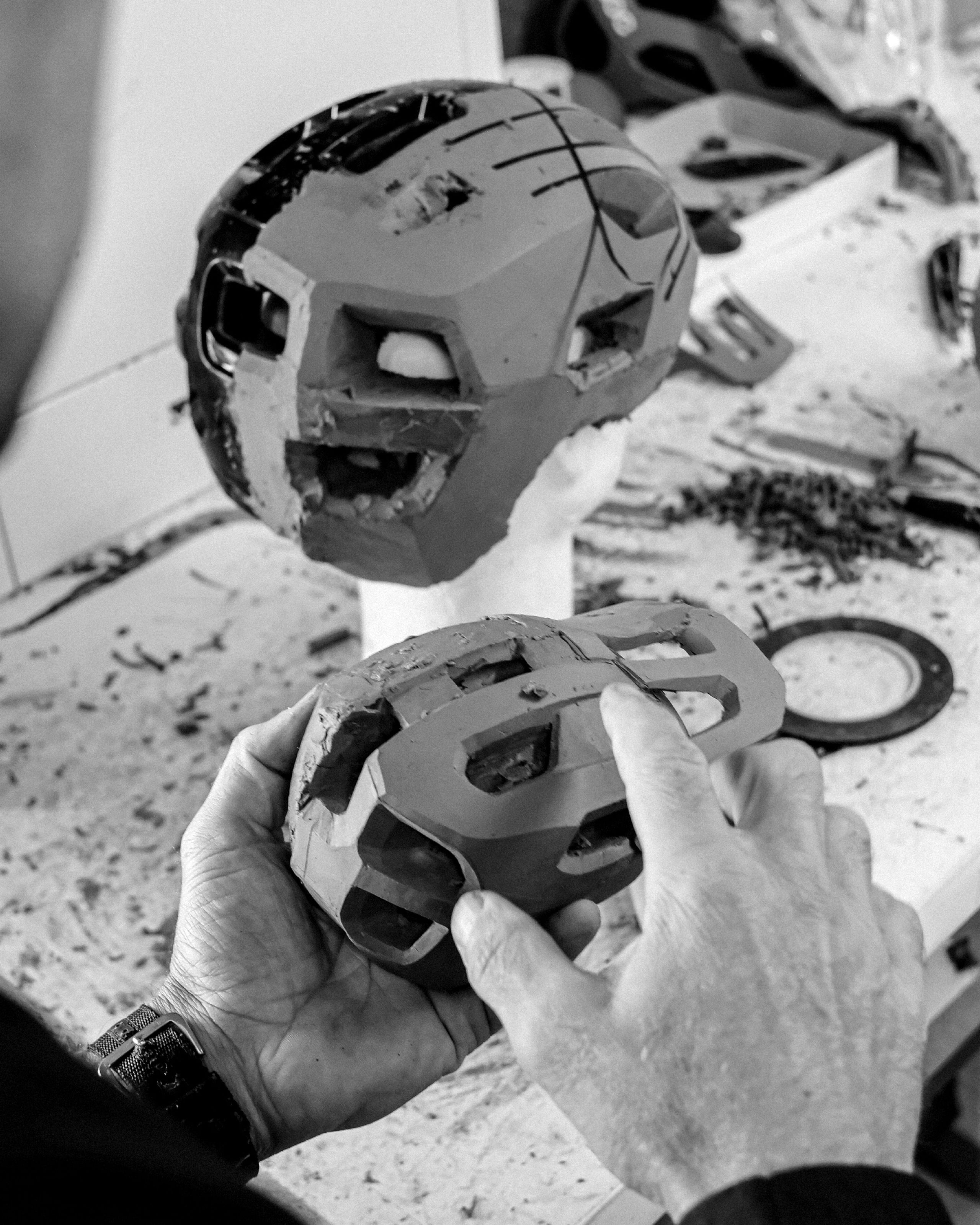
Different by design
Everything starts with a reason: a question that needs a solution. It’s never simply about creating protection that works, the question is how to ensure a user stays as safe as possible while having the freedom to perform at their best.

MTB-Outfit: So bist du richtig angezogen
Die richtige Kleidung für das Mountainbiken will gekonnt sein: Die Wahl der Bekleidung kann über Erfolg oder Misserfolg einer Fahrt entscheiden, unabhängig davon, ob du bergab, Enduro, Trail oder Cross Country fährst. Wenn du bei der Auswahl deiner Kleidung bestimmte Grundsätze befolgst, bist du geschützt und fühlst dich wohl und kannst dich jedes Mal, wenn du auf dem Fahrrad sitzt, frei bewegen. In diesem Leitfaden erfährst du, wie du die richtige Ausrüstung für MTB auswählst und die richtigen Teile für deine spezielle Disziplin findest.